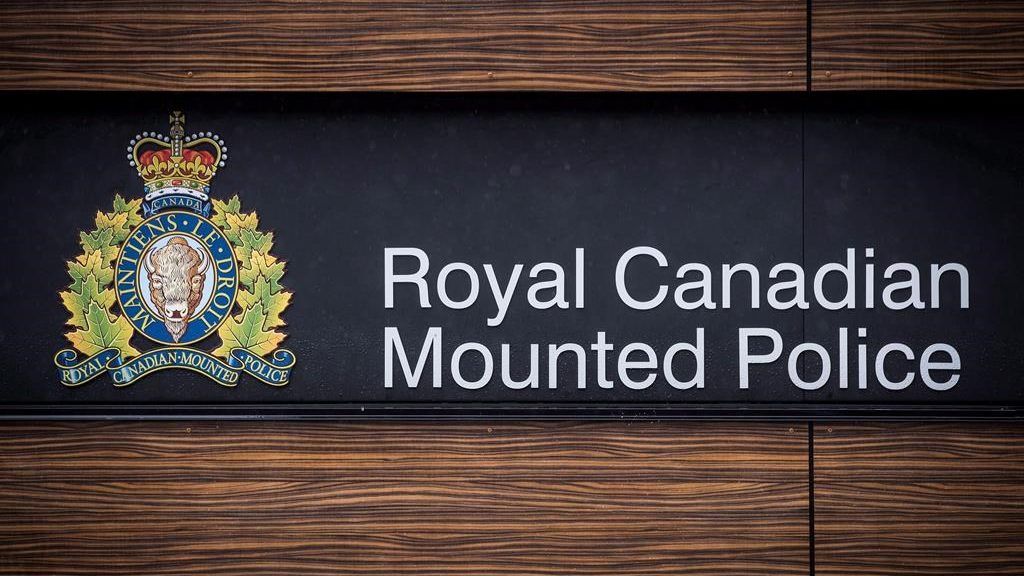Parks Canada says warm water detected again at quake-damaged B.C. hot springs
Posted Jan 17, 2013 08:39:19 PM.
This article is more than 5 years old.
VANCOUVER – Mother Nature appears to be slowly turning on the taps again at some B.C. hot springs damaged by an earthquake last fall.
Parks Canada announced Thursday that hot-water seeps near two pools in Gwaii Haanas National Park have been observed below the tide line by scientists, and thermal activity has been detected — but not to previous levels — in all other areas where it once occurred.
The park is located on southern Haida Gwaii’s Moresby Island and other islands off B.C.’s northwest coast.
Water flow and thermal activity at the naturally sourced hot springs stopped in October following a 7.7-magnitude earthquake and aftershocks.
“This is a promising development but the mystery of what will happen to the pools continues,” said Ernie Gladstone, superintendent of the Gwaii Haanas field unit.
“We can’t confirm that this means the hot springs will be back to normal in the future.”
After the water stopped flowing, Parks Canada scientists installed heat-detecting devices at the hot springs.
The highest temperature recorded was 60C, while the highest ground temperature was 21C, Parks Canada said in a news release.
Gladstone said the park will continue to monitor the springs for activity.
“Don’t get too excited until we see the pools full,” said Barb Rowsell, co-owner of a local tour company, Anvil Cove Charters.
“It may or may not come back to what it was but let’s hope. It seems to be moving in that direction, but until it’s actually there, we don’t know.”
Rowsell said the damage to the hot springs shouldn’t impact the local economy, adding her company does six-day tours of the area, usually spending a half day at the hot springs.
“It’s not a single thing and I don’t think people would cancel trips of the Gwaii Haanas because of the hot springs.”
The springs, part of a Haida Heritage Site, have been used for decades by the local First Nations to cook and gather seafood, and also because they are considered to offer healing properties.
They were also known to alleviate the aches and pains of sailors and kayakers, sea-faring tourists and campers from the region, as well as commercial fishermen.
The pools were contained in rough-hewn, manmade stone walls and varied in size, with the smallest soaker just over two metres wide and the largest more than seven metres. Waders would find the water reached their waist.
Only 12 people are permitted on the island at a time.
The island was home to 26 hot springs and seeps before the earthquake and temperatures were recorded between 32C and 77C, the park said. Warm-water reservoirs are several kilometres deep.
The park notes the island is located near a major fault system.
The earthquake has also prompted carver Jaalen Edenshaw, who is working on a legacy totem pole, to alter the project’s design to include a supernatural being responsible for earthquakes.
The being is known as Sacred One Standing and Moving.
The legacy pole recognizes the 20th anniversary of a management agreement between the Haida and the federal government over Gwaii Haanas, the park said in a news release.
–with files from Tamsyn Burgmann










